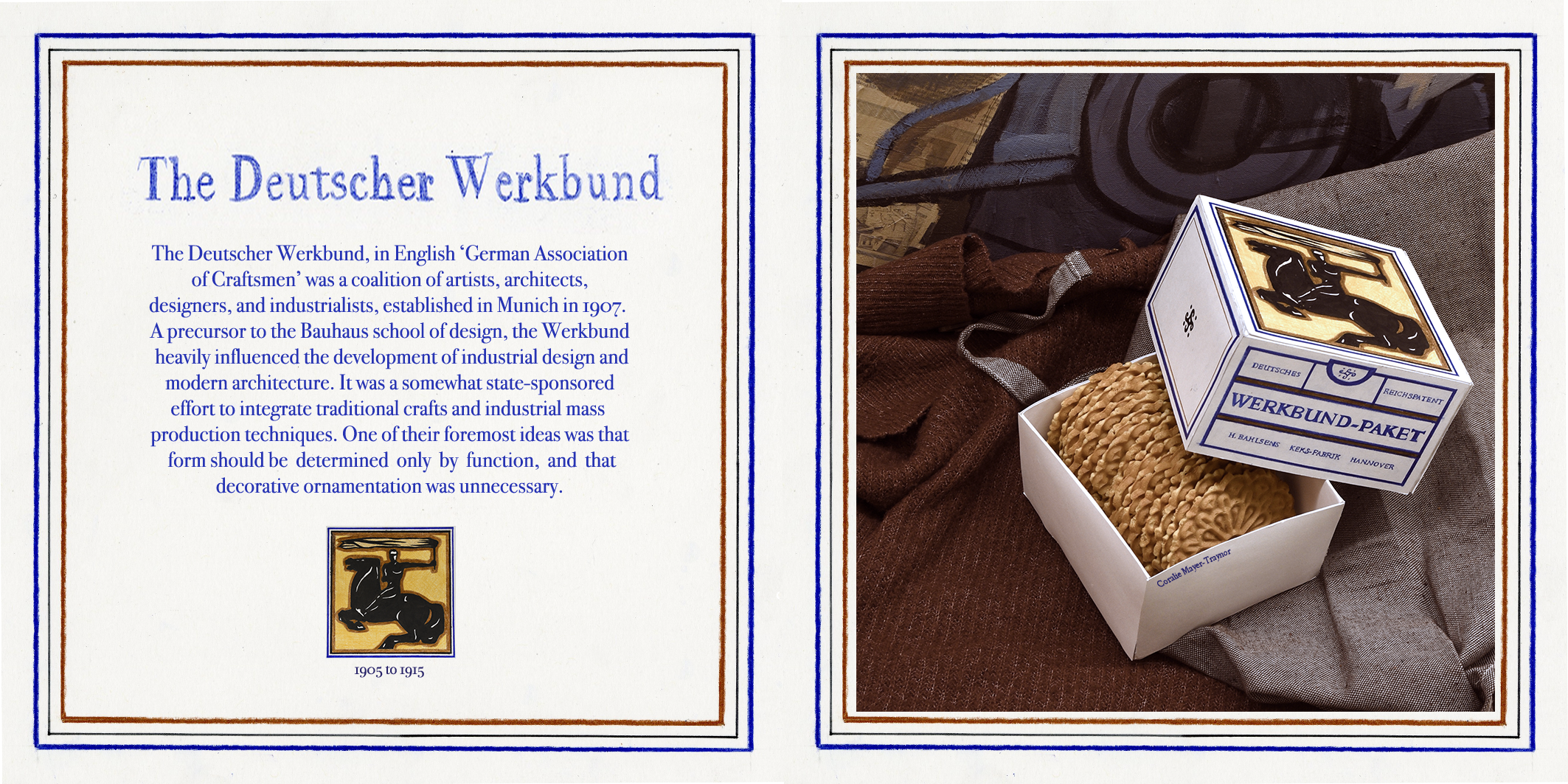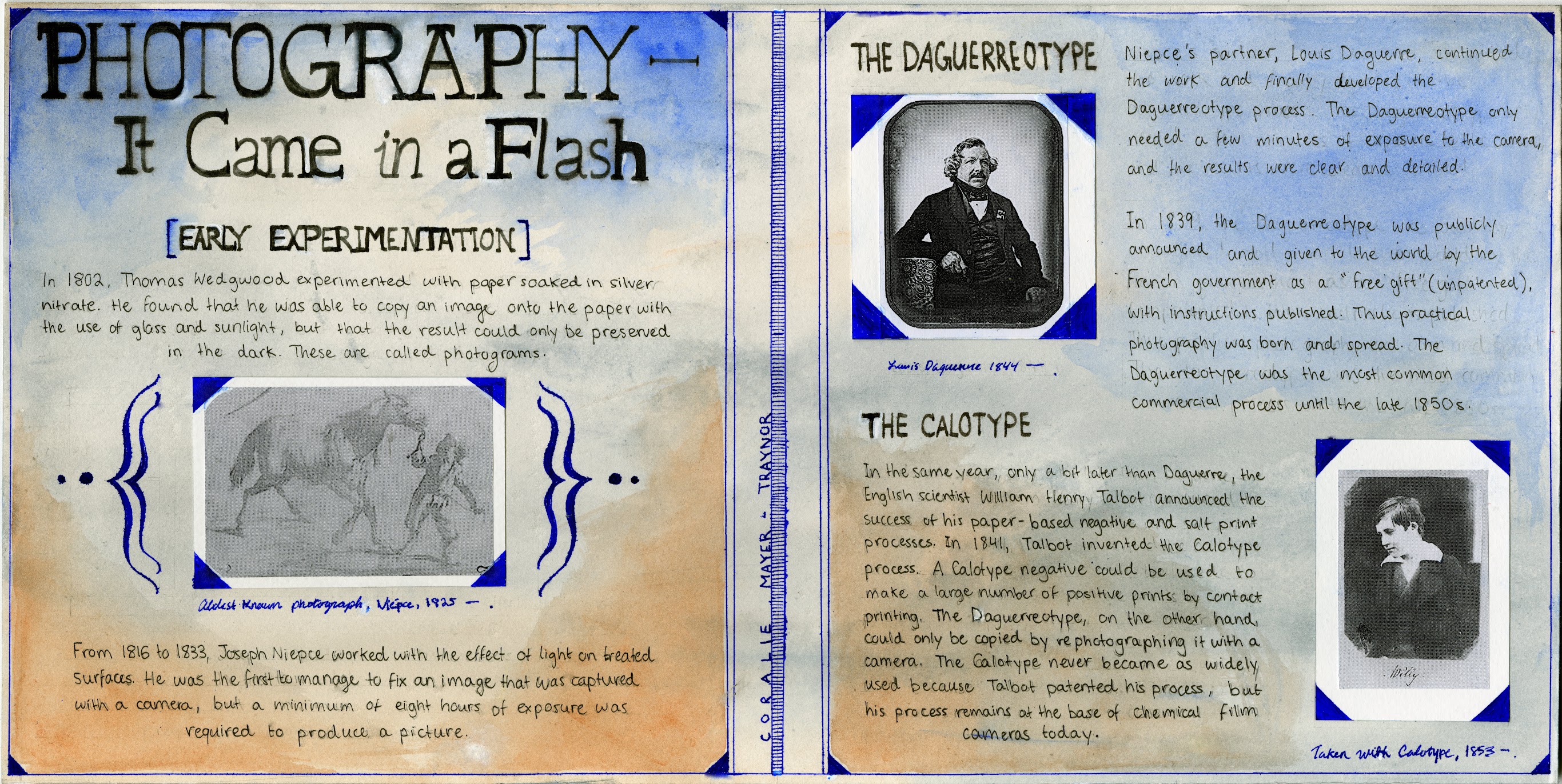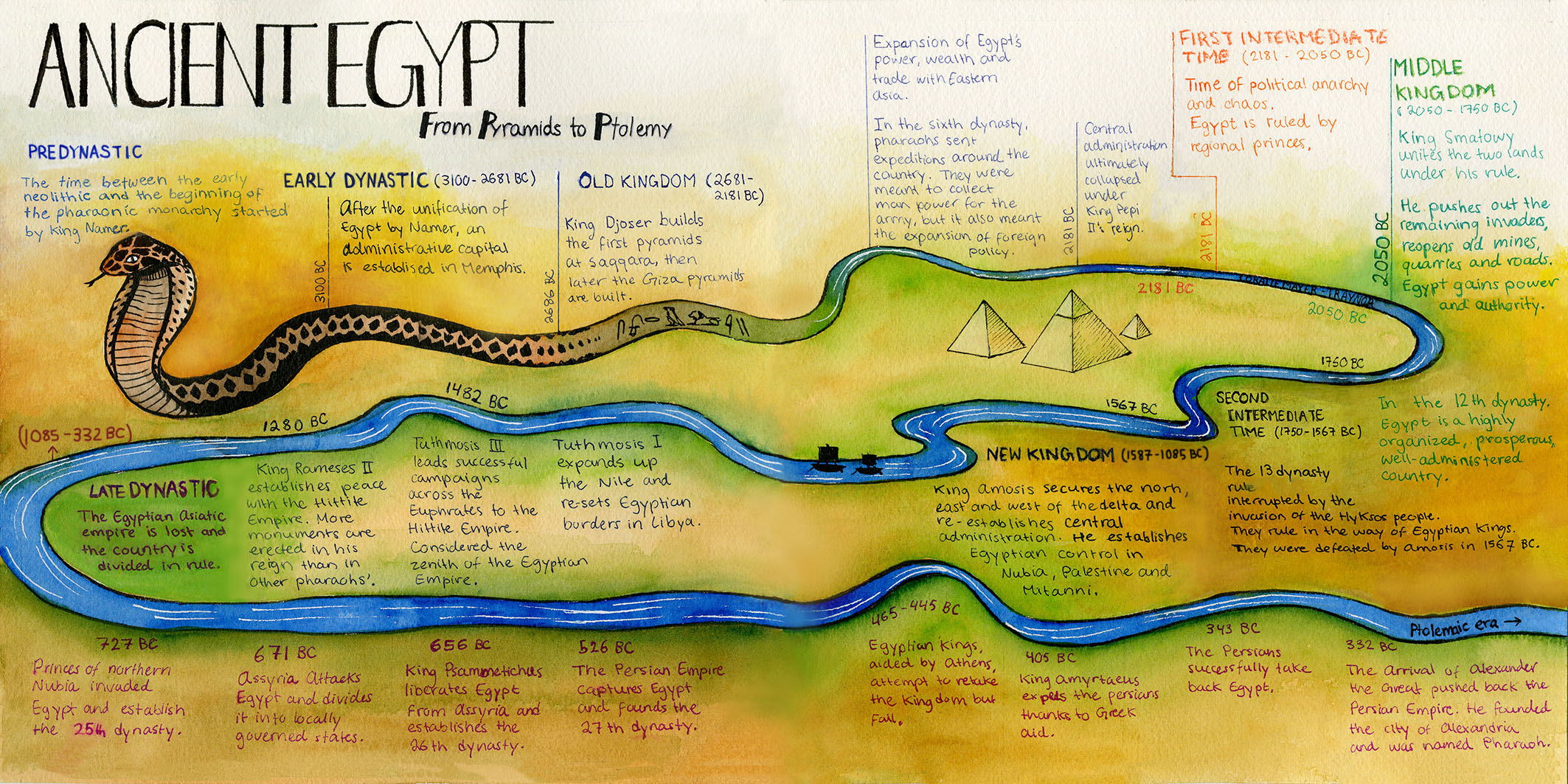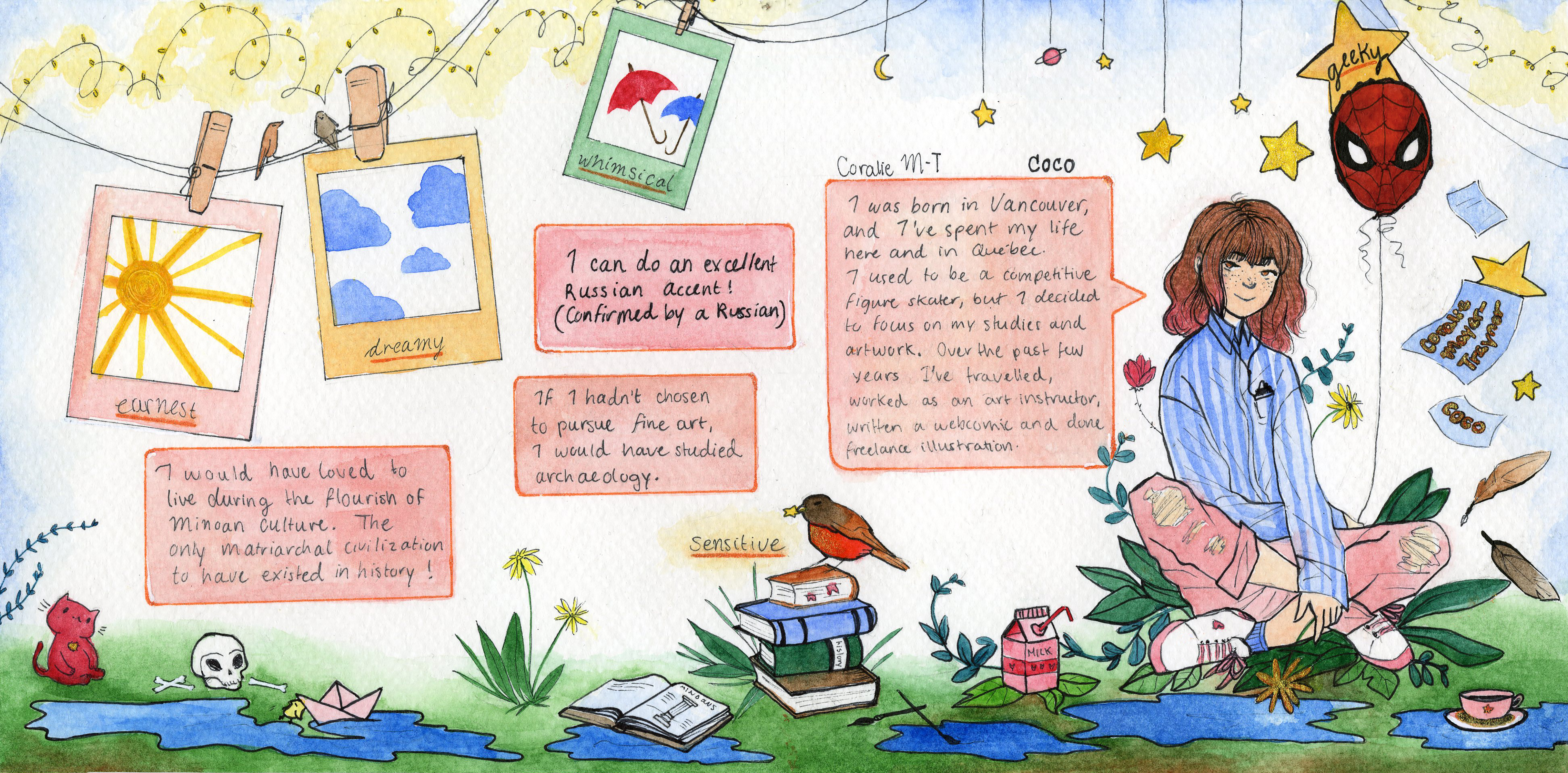Last Page – Rationale

Joyce and I decided that we would split the index and the back page between the two of us. While we did work mostly independently from each other, we agreed early on upon a more minimalism-oriented aesthetic. We didn’t want either of the pages to feel too crowded or overwhelming, so making use of white/negative space was paramount.
I struggled a bit with finding something appropriate to place on the last page of the book; I wanted to acknowledge the class’ hard work, maybe have some kind of closing note, or design a glossary-type page which would list everyone’s name alongside their respective spreads. Popular opinion was that our instructor should be pictured somewhere as well.
After much sketching and even one prototype, I settled on this idea of having a sort of art gallery displaying famous works of art. Included are “The girl with the pearl earring”, a de Stijl design, The Mona Lisa, “Starry Night”, Monet’s waterlilies, The Scream, Warhol’s Campbell Soup print, Duchamp’s “readymade”, a cubist painting, Dali’s famous clocks and a Pollock action painting.
The idea of having an art gallery was good, but we did much more than research fine art over the course of this term, and so I thought featuring various famous historical figures visiting the gallery would help summarize more fully the content of the book. Some of these are Winston Churchill, King Seti I of ancient Egypt, Josephine Baker, Leonardo da Vinci, Marilyn Monroe, and the Orville brothers. I really wanted to feature some designers we learned about as well, but when I was picking who to feature in the gallery I leaned towards very easily recognizable characters, and I couldn’t think of, off the top of my head, any designers from the time period we studied with unique appearances.
My name isn’t written anywhere in the spread, since the whole idea of the page is to encompass the whole class. However, I do have an unhealthy love and obsession for cats, so I included a couple just to add that extra personal touch.
Finally, just to add a bit more of that “this book is ending” feeling to the spread I included our instructor, Judy, dressed in her gnome costume and saying: “Done talkin’”, as she has written on the last slide of all her survey lectures. A great closing statement.



